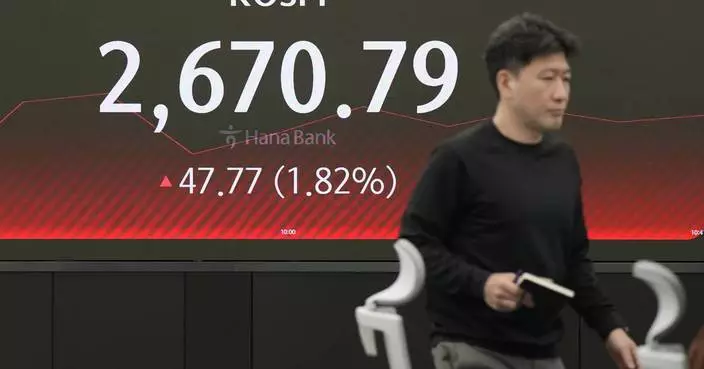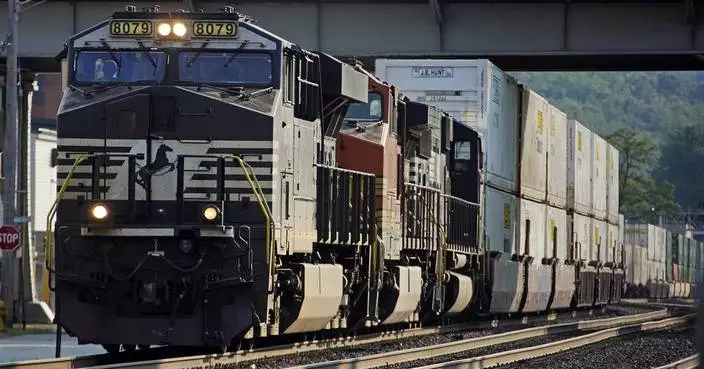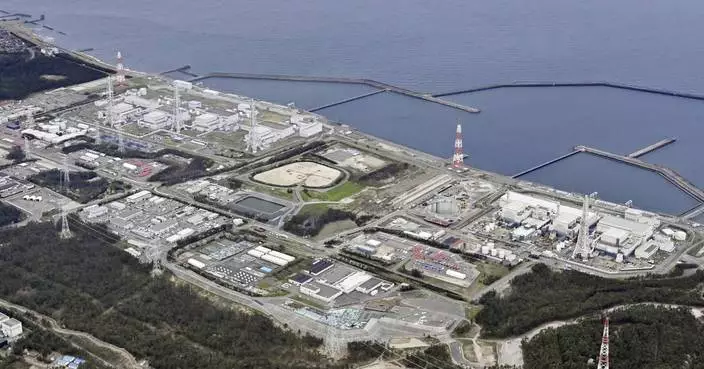Japan's Prime Minister Shinzo Abe warned the U.S. on Friday that higher tariffs on auto imports would backfire and harm not only America's jobs and economy but also devastate the global economy.
Abe told a news conference marking the end of a Diet session that Japan's auto and auto parts industry has never threatened America's national security and it never will. Abe said he will keep explaining that to Trump.
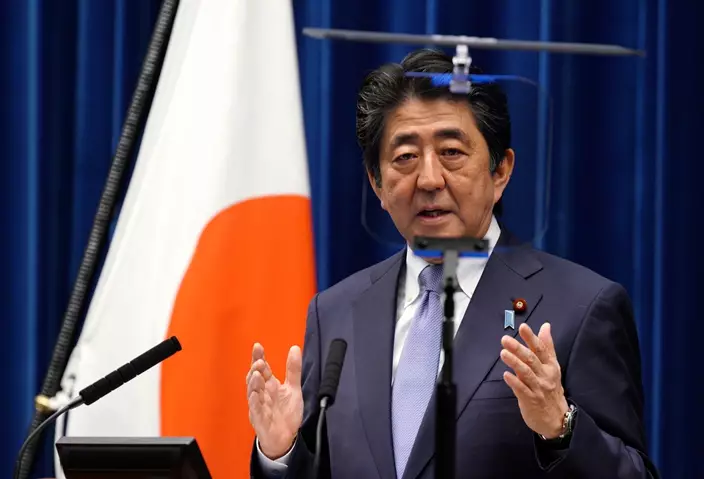
Japanese Prime Minister Shinzo Abe delivers a speech during a press conference at the prime minister's official residence in Tokyo Friday, July 20, 2018. (AP Photo/Eugene Hoshiko)
Trump has ordered the U.S. government to investigate if higher tariffs on foreign-made vehicles and auto parts are justified on national security grounds.
Japan's auto industry has for decades invested billions of dollars in U.S. plants that employ hundreds of thousands of workers. Japanese automakers produce twice as many vehicles in the U.S. as they export from Japan, Abe said.
"Japan provides good jobs and contributes greatly to America's economy," Abe said. "If restriction measures were imposed, such employment will be lost, and not only will it have a negative impact on the U.S. economy but also cause tremendous damage to the world economy."
Abe's government last month sent a report to the U.S. Department of Commerce, warning against any trade restrictions.
In that report, Japan's government said any trade restrictions, if imposed, would increase costs for U.S. consumers and cause many Americans to lose jobs. It said the measures would put a break on global trade, disrupt the market and put global free trade "at great risk."
Up to 624,000 people could lose their jobs in the U.S. if a 25 percent tariff was levied on automobiles and auto parts and other countries retaliated.
Abe said he has repeatedly reminded Trump of Japanese automakers' contribution to his country.
"Exchanges of trade restriction measures will benefit nobody," Abe said. "While explaining these points, we will persistently work hard to avoid trade restriction measures."
Already hit by increased U.S. steel and aluminum tariffs, Japan has told the World Trade Organization it may levy retaliatory tariffs on U.S. goods totaling about 50 billion yen ($450 million) a year.
TOKYO (AP) — Japan’s space agency announced Friday a plan to launch a major upgrade to its satellite imaging system, as a new flagship rocket is put to the test for a third time.
The Japan Aerospace Exploration Agency that an H3 rocket will be launched from the Tanegashima Space Center, on a southwestern Japanese island, early afternoon on June 30, with a launch window that runs through the end of July.
The rocket will be carrying an Advanced Land Observation Satellite, ALOS-4, tasked primarily with Earth observation and data collection for disaster response and mapmaking, as well as with monitoring military activity, such as missile launches, with an infrared sensor developed by the Defense Ministry. The ALOS-4 is a successor to the current ALOS-2 and can observe a much wider area.
The launch will be the H3's third, coming after a failed debut in March 2023 and a successful launch on Feb. 17. During the first attempt, the rocket's second stage engine did not ignite and the rocket had to be destroyed along with its main payload, a satellite that was supposed to be the ALOS-3.
During H3 No. 2's successful test flight, it carried two commercially-developed observation microsatellites and an ALOS mockup.
JAXA and its main contractor Mitsubishi Heavy Industries have been developing H3 as a successor to its current mainstay, H-2A, which is set to retire after two more flights. MHI will eventually take over H3 production and launches from JAXA and hopes to make it commercially viable.
Japan sees a stable, commercially competitive space transport capability as key to the country's space program and national security.
The 57-meter (187-foot) long H3 rocket is designed to carry larger payloads than the H-2A at about half its launch cost.

FILE - JAXA H3 rocket project managers Masashi Okada, right, and Mayuki Niitsu brief journalists in front of the second stage of a H3 rocket, set for a full-fledged launch later this year after two test flights, inside the Mitsubishi Heavy Industries' Nagoya Aerospace Systems Works Tobishima Plant in Tobishima, Aichi prefecture Thursday, March 21, 2024. Japan’s space agency announced Friday, April 26, that it will launch its new flagship rocket H3 on June 30 carrying an observation satellite for disaster response and security purposes, a key mission that it had failed in its debut flight last year. (AP Photo/Mari Yamaguchi, File)
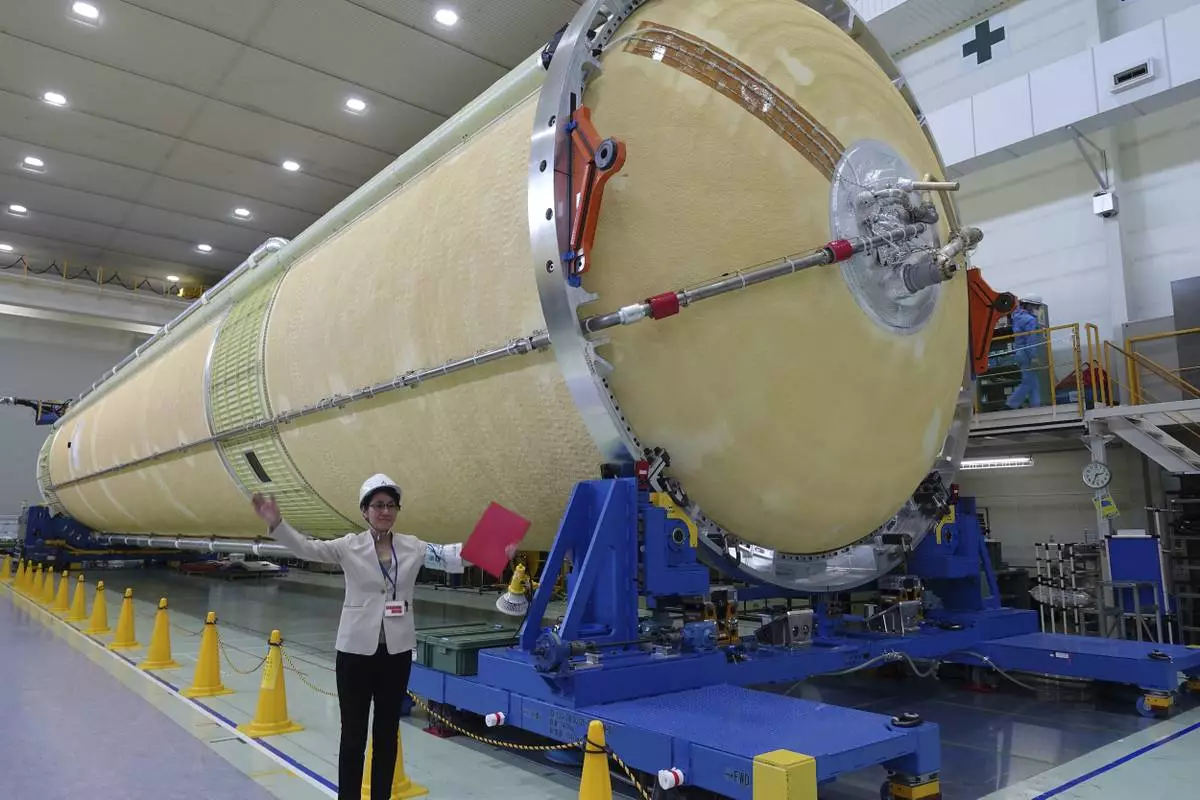
FILE - A Mitsubishi Heavy Industries staff member stands next to the top of the first stage of a H3 rocket, inside the Mitsubishi Heavy Industries' Nagoya Aerospace Systems Works Tobishima Plant in Tobishima, Aichi prefecture Thursday, March 21, 2024. Japan’s space agency announced Friday, April 26, that it will launch its new flagship rocket H3 on June 30 carrying an observation satellite for disaster response and security purposes, a key mission that it had failed in its debut flight last year.(AP Photo/Mari Yamaguchi)







